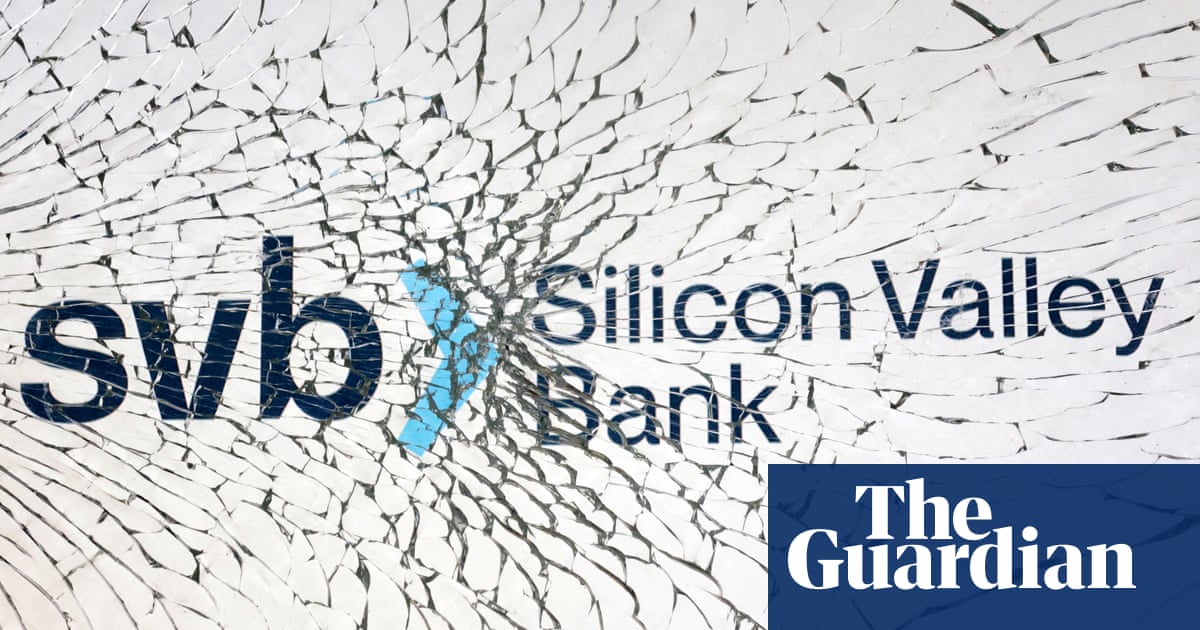
he latest fundraising round by the digital payments firm Stripe has boosted the net worth of its co-founders, Patrick and John Collison, to about $11.5bn (£8.3bn) each, catapulting them into the top bracket of the world’s millennial billionaires. Not bad for two brothers from the tiny Tipperary village of Dromineer, population: barely 100.
In little more than a decade the Collison brothers have developed Stripe, which has headquarters in Dublin and San Francisco, from a tech startup into a vital cog in the global digital economy, providing customer payment and other e-commerce services to brands ranging from Google, Amazon and Uber to Deliveroo, Spotify and Peleton.
The coronavirus pandemic has accelerated the switch from physical to online payments over the past year and the brothers have just tapped investors for $600m to fund further expansion. This has boosted Stripe’s valuation to a whopping $95bn, making it the most valuable of Silicon Valley’s private tech companies.
It is all a far cry from the Collisons’ childhood in Dromineer, a rural village with “nothing but mooing cows”, elder brother Patrick told the Financial Times. The pair grew up in a house that was not even connected to the internet for the first decade of their lives.
Ready access to books and an encouragement to read voraciously led to a love of computers, an interest in coding, and to the boys’ first investment pitch: encouraging their parents to install a satellite internet connection so they could continue their computer programming education. It was successful, and on day one, Patrick recalled in the same FT interview, he was already making his first web page.
Pat Phelan, an Irish entrepreneur and investor who knew the brothers before Stripe, recalls them as a pair of whip-smart teens whose mum brought them to blogger meetups.
“Being nice to everybody is difficult,” says Phelan. “But a thousand Irish jobs [to be created from the latest Stripe fundraising], a European HQ, they’ve never forgotten [their Irish roots]. To be [expanding] a company of that size and not forgetting Ireland is just astonishing.”
Patrick, now 32, and John, 30, launched their first tech startup, the shopping app Shuppa (even the name, a play on the Gaelic for shop, was a homage to their roots) from Limerick in 2007.
Turned down for funding in Ireland, they relocated to San Francisco, where both now live. A year later, they sold the startup, rechristened Auctomatic, for $5m, making the Collisons teenage millionaires.
The pair went to university in the US: Massachusetts Institute of Technology for Patrick and Harvard for John. But less than a year later, they dropped out for a second bout of entrepreneurship. And this time, they went straight to the Bay Area.
Stripe, the company that emerged, is the poster child for the third wave of Silicon Valley titans. The company’s main focus has been described as a “programming language for money”. The goal is to make adding payment infrastructure to a website or app as easy and developer-friendly as changing the background colour, or letting users log in with their Facebook accounts.
At its simplest, the pitch was that developers could add payments to their websites with just seven lines of code. And unlike PayPal, Apple Pay or other competitors, users did not need to even know that Stripe existed: they paid with their existing credit or debit cards, without making an account, remembering a password, or being confused by the weird name popping up on their bank statement. Stripe also offers anti-fraud tools, recurring subscriptions, and complex invoicing services.
However, it is not just a suite of services but also a platform. A digital company can build their entire business on top of the company’s tools, paying contractors with the same system used to take payments from customers. The company’s Atlas product goes one step further: for a flat $500 fee, Stripe will literally set up a company for you, filing the legal paperwork, opening a US bank account, and issuing stock to the founders.
The analyst Ben Thompson says the goal is, ultimately, to build the digital financial equivalent of the undersea cables that connect the world together. “Stripe isn’t simply a platform, it is a platform for platforms,” he says. “Stripe isn’t necessarily competing with other fintech [platform and service] providers but instead is seeking to be the backbone for all of them, as well as an entirely new universe of platforms that can offer their unique customers financial services that are perfectly tuned to their needs.”
That goal, of building the backbone of the financial internet, is not only a profitable pursuit (hence the eye-watering valuations): it also insulates Stripe from many of the culture wars at the heart of the modern tech industry.
The company, and the Collisons themselves, have managed to remain friendly with all the different factions of the Bay Area.
Peer closely, and it is not impossible to guess where their sympathies lie. The company was backed by the Trump-supporting venture capitalist Peter Thiel at an early stage, and Patrick is closely involved with the same rationalist community as influential libertarian blogger Tyler Cowen.
But with alumni of the company including Saikat Chakrabarti, Alexandria Ocasio-Cortez’s former chief of staff and a leading proponent of the Green New Deal, perhaps the Collisons’ biggest achievement – beyond, even, their multibillionaire personal wealth – is in getting this far without making significant enemies along the way.












